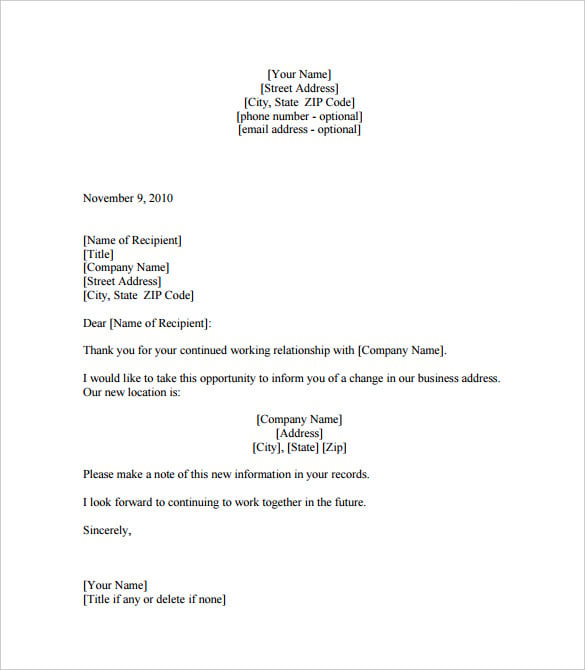
- #HOW TO CHANGE LETTER SPACING IN WORD HOW TO#
- #HOW TO CHANGE LETTER SPACING IN WORD UPDATE#
- #HOW TO CHANGE LETTER SPACING IN WORD FULL#
- #HOW TO CHANGE LETTER SPACING IN WORD CODE#
- #HOW TO CHANGE LETTER SPACING IN WORD ZIP#
The following math will help you set a font sizes in ems:Įm = desired element pixel value / parent element pixel valueĪ rem is similar to an em, except that it doesn't compound. To set a font size of 32 px, you would use 2em. When setting fonts, 1em is equal to the default body (paragraph) text size of 16px. ems and remsĪn "em" or "rem" (pronounced as one syllable) are very commonly used units of sizing in CSS because they let you define sizes relative to other elements. This is the most fundamental text on any website, and 16px is an important number to keep in mind as you start working with the other units described in this chapter. By "body text", we mean the height of paragraph text.

The default body text size in CSS is 16px. This can cause strange behavior sometimes on certain screen sizes or if a user uses custom size settings in their browser.

The one downside with defining size by via pixel values is that your elements' sizes are defined absolutely and are not relative to one another. You'll use a similar value of measurement called pixels. A screen is composed of many pixels, and by setting a font size of 12 pixels, you are saying that you want your text to have a height of 12 pixels. On web pages, however, you won't use points. It's a good unit for setting font sizes in print documents. This number is defined in a unit called "points" or "pt" for short. When working in Word or Google Documents, you choose a font size from a dropdown list. Pixelsĭefining a font size using pixels most closely resembles the way you set font sizes in most other contexts. Let's start defining sizes with pixels (an absolute way to define sizes). If the base size of 34 is redefined, the other sizes will change as well. You might say that you want to produce another size that's 2 inches wider than that base value, a size that's 4 inches wider than that base value, a size that's 6 inches wider than that base value, and so on. All sizes will be defined relative to the size 34. Setting relative sizes means that you define all values relative to a base value, like saying that you want to create a t-shirt line with a base size of 34. Setting absolute sizes means that you define exact size values, like saying you want to make t-shirts that are sizes 34, 36, 38, 40, and 42. There are two options: setting absolute sizes and relative sizes. The primary differences between them is how sizing is calculated relative to the overall web page. Several units of measurement are available to control font size in CSS:
#HOW TO CHANGE LETTER SPACING IN WORD HOW TO#
In this chapter, we'll see how to set a font's size and control the spacing between different letters, words, and lines.įirst, let's cover the different ways to control text sizing in CSS.
#HOW TO CHANGE LETTER SPACING IN WORD UPDATE#
If you can improve some part of it, let me know and I'll update it for everyone else.Now that you know how to set fonts, you're likely interested in being able to control their sizes and spacing.
#HOW TO CHANGE LETTER SPACING IN WORD FULL#
Full details in the comments at the top of the code, but don't expect miracles. It doesn't work well with rich text, or automatically wrapped text. While this effect works in the editor, plays well on mobile and integrates well with the new UI system, it does have its limits. Thanks to Andrew Pavlovich for setting up the repo, and to everyone else who has contributed improvements.
#HOW TO CHANGE LETTER SPACING IN WORD ZIP#
You can either clone the repo if you know your way around GIT, or you can just get a zip directly from the downloads section on the left. If you can improve some part of it, feel free to contribute! While this effect works in the editor, plays nicely on mobile and integrates well with the new UI system, it does have its limits. I thought I should share the effect here, as I've seen a few other threads asking the same basic question. Add the component to a UI textfield, adjust the spacing value, job done. An hour or two of hacking, and I've got a component that spaces text out via much the same technique (although it doesn't generate any extra verts). Then by chance I looked at the source for the Shadow effect, which uses a BaseVerte圎ffect to modify the list of vertices that make the geometry of the object being drawn.

I would need a different font for each different spacing.

This is as difficult to manage as it sounds, and impractical for a recent design I'm working to which has lots of differently spaced headings. My best workaround was to simply modify existing fonts and add extra space to every character.
#HOW TO CHANGE LETTER SPACING IN WORD CODE#
Nope - the text layout engine isn't part of the open source stuff, and you can't get at the code or a suitable API for it. I figured that when the UI source came out, I could probably add it pretty easily. Especially since the later versions of NGUI had this option. I was dismayed to find that the new 4.6 uGUI Text component supports line spacing, but not letter spacing.


 0 kommentar(er)
0 kommentar(er)
